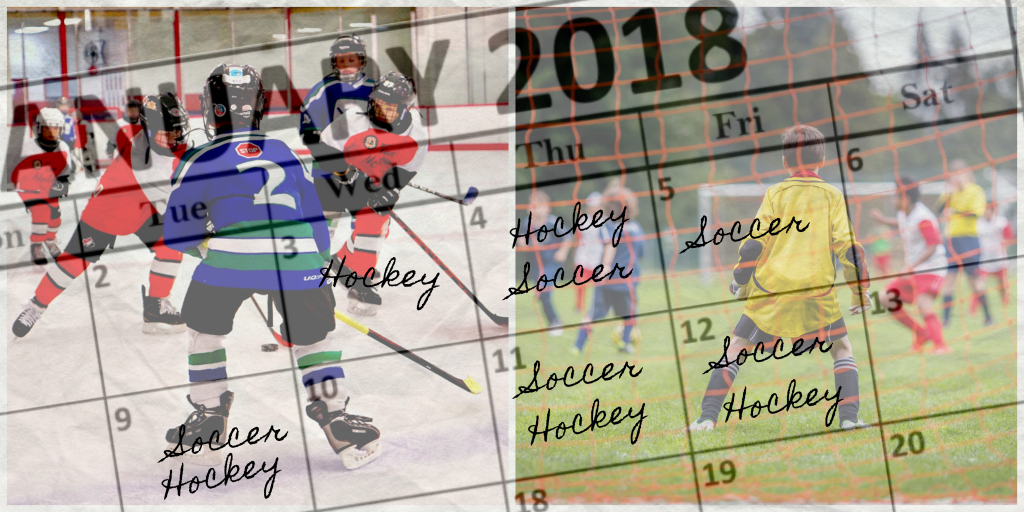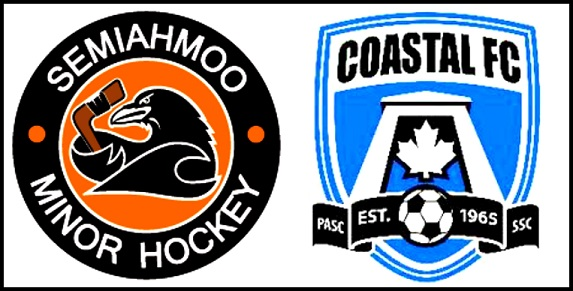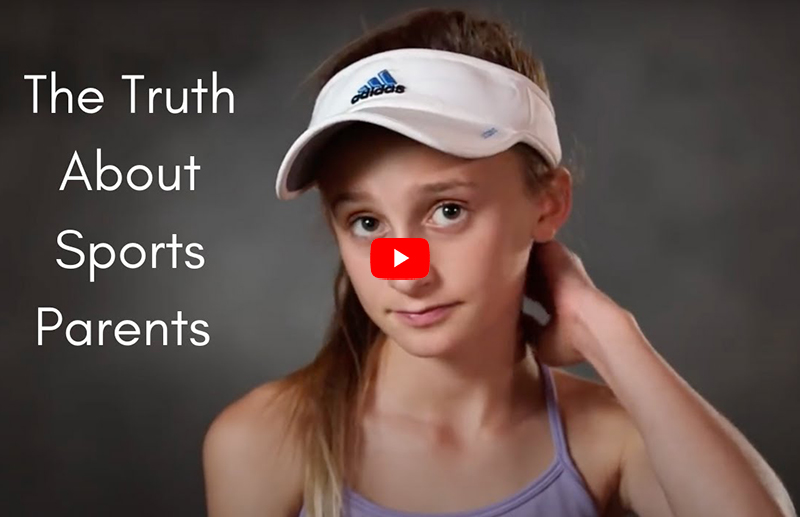
Finally, A Solution To One Of Youth Sports Biggest Problems
With 70 percent of kids quitting sports by the age of 13, the declining number of athletes in youth sports has become somewhat of a crisis. We know why it is happening. Team sports are more specialized; the seasons are longer, more demanding, and highly competitive. The effect is that every year more and more kids drop out, often because of burnout, or they are forced to pick one sport over another due to overlapping schedules.
SIX THINGS PARENTS NEED TO KNOW ABOUT SPECIALIZATION
Now, two clubs in Canada are working together in hopes of solving the problem. To stop making kids and their families choose between sports, the Vancouver club soccer team – Coastal FC and hockey club – Semiahmoo coordinated their schedules to ensure athletes in their city could play both sports without conflict! We spoke with the Executive Director of Coastal FC Soccer, Chris Murphy, in our ILTWYP Podcast to find out more about a simple fix that already has a big impact. “We realized that between hockey and soccer groups, we were sharing a common philosophy and some common athletes,” says Murphy. “The hope in sitting down together was to facilitate more favorable systems so that players wouldn’t have to choose.”
This unusual arrangement was designed to allow the athletes to play multiple sports, ease the burden on parents and families of having a child doing too much at one time, ease the health issues with overuse, and develop more balanced athletes. But as Murphy explained, the overall plan was more big-picture focused, “I think as community leaders, we have an obligation well before putting players in college. Well, before putting players in the pros … we have a duty to those young members of our community to try and give them the best chance for success in their lives, by doing what we can to keep them playing sports and keep them enjoying sports.”
HOW ADULTS ARE RUINING YOUTH SPORTS
They started small (literally) by first looking at the groups with younger athletes. The younger kids have fewer conflicts and demands, so they took a look at where organizational improvements could be made. From there, they looked at the older groups where the commitment and the demands were a little more rigorous. “We realized that they required a little bit more of a direct approach on an athletic-specific basis,” says Murphy.
The process is ongoing, and it’s not always perfect. One of their biggest challenges: the parents. Some have tried to manipulate the system to their advantage. So the two leagues have added more group meetings between both clubs, parents, and coaches – to continue to keep an open line of communication and remind all parties involved of the big picture. On unique occasions, they have gone as far as to set up individual meetings with the player and their hockey and soccer coaches (and parents) to ensure everyone is on the same page and honors their schedule for that athlete.
HER OWN PATH UCLA SOCCER STAR HAILIE MACE
The two clubs are also considering creating a ‘multi-sport advisory’ committee to share their experiences and, hopefully, be more inclusive of other sports that might face the same challenges. And it’s starting to get attention around the county. Just recently, a neighboring hockey club and soccer club have followed their lead and are currently also coordinating their schedules.
“The game is for fun … adults overthink it, and there are too many barriers, and there are too many restrictions. The fun kind of gets lost in the process,” Murphy says.
Not anymore…At least for kids playing on these two teams.












